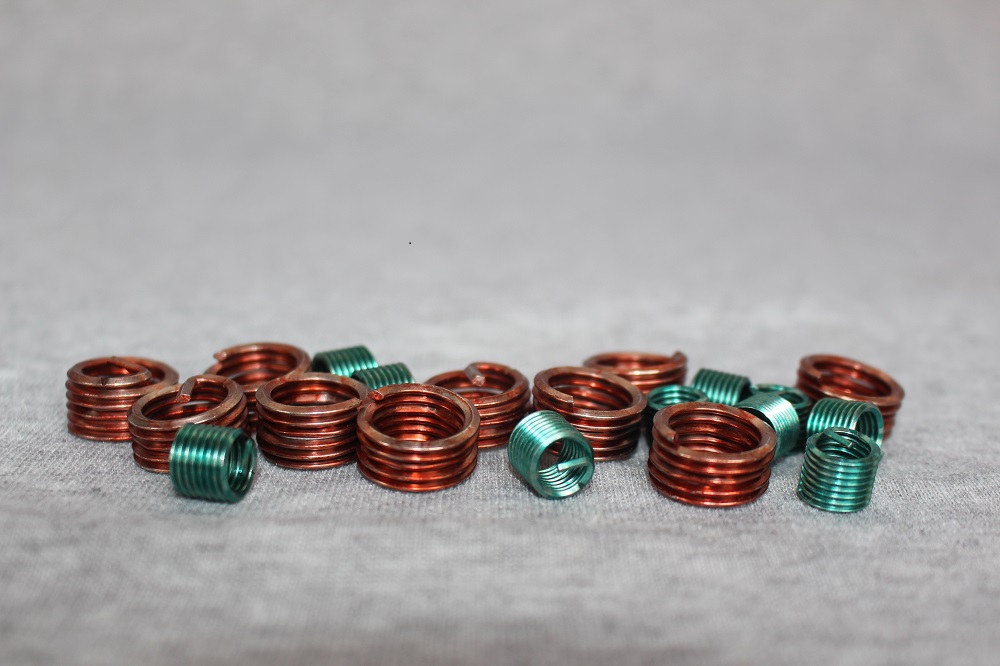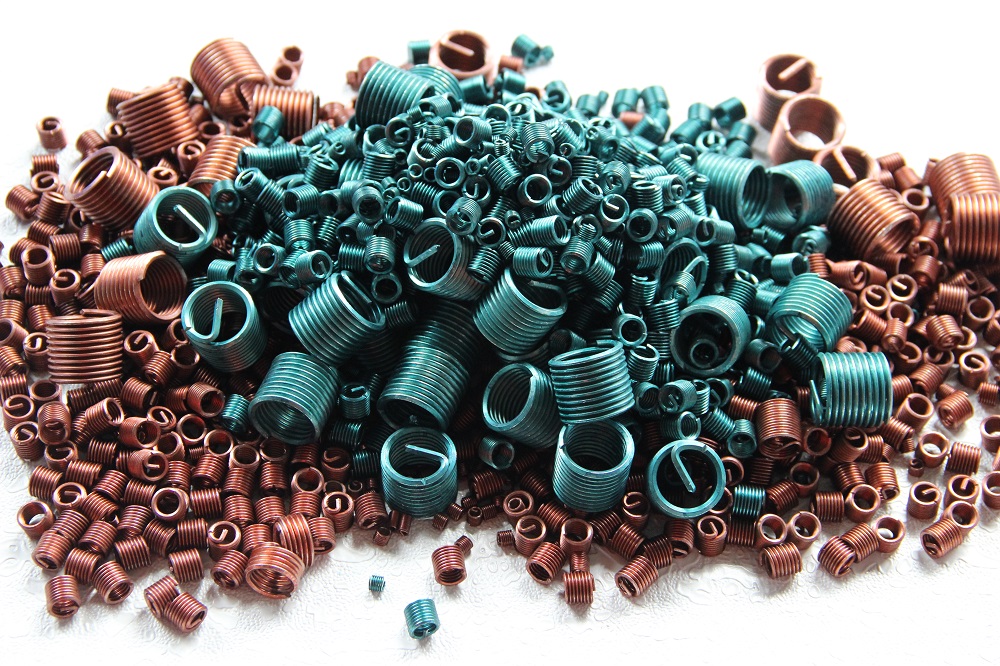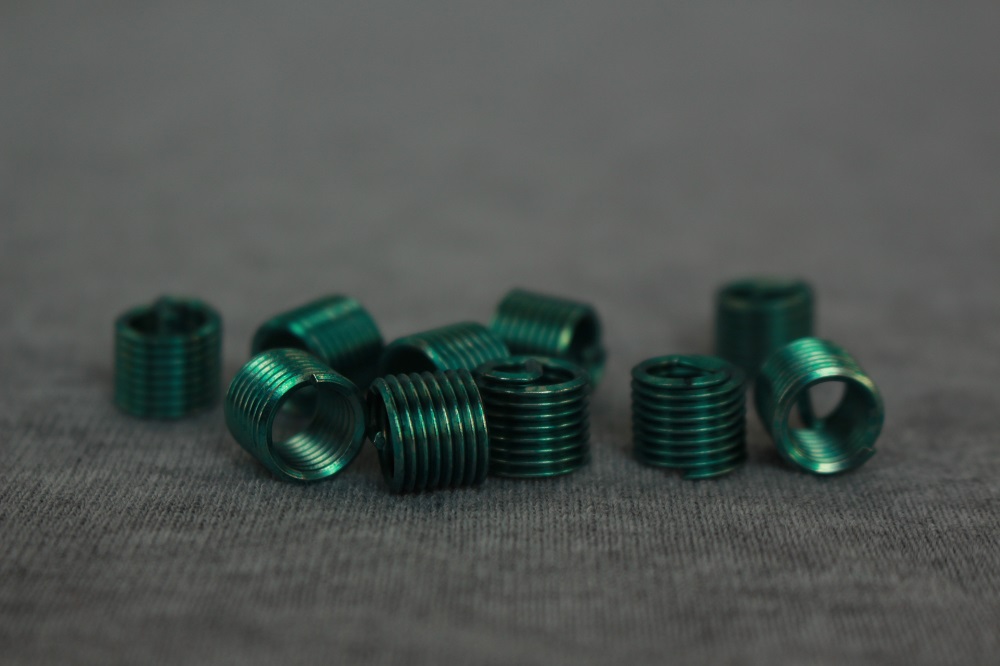For the growth of China's economy and the growth rate of electricity consumption in 2014, the industry generally generally believes that the current economy is still in a weak recovery state. With more emphasis on development quality and efficiency, the economic growth rate in 2014 will be slightly lower. In 2013, coupled with the pressure of energy conservation and environmental protection and the disappearance of high temperature factors, power growth in 2014 may fall back to 7%.
Better
Electricity consumption increased, rebounded and rebounded
According to the National Energy Administration, in 2013, the national total electricity consumption was 532.23 billion kWh, a year-on-year increase of 7.5%. The growth rate was 2 percentage points higher than that in 2012, ending the year-on-year decline in growth rate since 2010.
In terms of industries, compared with 2012, the year-on-year growth rate of electricity consumption in the tertiary industry and the year-on-year growth rate of electricity consumption for urban and rural residents decreased by 1.2 percentage points and 1.5 percentage points respectively to 10.3% and 9.2%. The electricity consumption of the industry and the secondary industry improved significantly. The growth rate of the primary industry increased by 0.7 percentage points, and the growth rate of electricity consumption of the secondary industry rose by 3.1 percentage points.
“The increase in electricity consumption growth last year has a lot to do with the continuous high temperature and hot weather in summer. In 2013, the contribution rate of temperature to the annual electricity consumption growth reached 1%.†Ouyang Changyu, deputy secretary general of China Electricity Council, told According to the Economic Information Daily, the trend of electricity consumption growth and temperature change in 2013 was the same. In August, with the increase of temperature, the growth rate of electricity consumption soared to 13.7%, and then the electricity consumption decreased with the temperature drop. The growth rate also fell back month by month.
However, the steady and slow recovery of the macro economy remains the biggest “goatâ€. Although the monthly electricity consumption data for December 2013 was not disclosed, the reporter learned from people familiar with the matter that the total electricity consumption in the whole society increased by 7.5% in December, which means that after the temperature factor disappeared, the second half of the year Electricity consumption is still better than the first half.
“The growth rate of electricity consumption basically reflects the economic situation.†Lin Boqiang, director of the China Institute of Energy Economics at Xiamen University, explained that the long-term data of the reform and opening up over the past 30 years shows that GDP growth rate and power consumption growth rate are maintained at one to one. The relationship, when the economy is good, the electricity consumption growth rate is higher than the GDP growth rate. When the economy is not good, the electricity consumption growth rate is lower than the GDP growth rate.
It is understood that China's GDP growth rate in 2012 was 7.7%, much higher than the 5.5% growth rate of the whole society. According to the National Energy Work Conference on the 13th, China's GDP growth rate is expected to reach 7.7% in 2013, which is basically the same as 7.5% of the total social power consumption growth rate, and the power consumption elasticity is 0.974. This shows that the macroeconomic situation is gradually improving.
However, compared with 11.7% in 2011 and 14.56% in 2011, the growth rate of 7.5% of electricity consumption still has a large gap, which is also a low level in the past ten years, only slightly higher than 2008. Electricity consumption growth during the year and the 2009 financial crisis.
"At present, China's economy is still in a weak recovery state, and since 2010, the economic structure is developing in a lighter direction. The proportion of heavy industry has begun to decline, and the proportion of the tertiary industry has gradually increased. Therefore, it is difficult to increase the electricity consumption." Ouyang Changyu explain.
power
Industrial electricity growth rate rebound
The data shows that, unlike the decline in the growth rate of electricity consumption in the tertiary industry and urban and rural residents, the industrial electricity consumption in 2013 increased by 6.9% year-on-year, which was 3 percentage points higher than that in 2012, indicating that the secondary industry, especially industrial electricity consumption, is still driving The biggest driving force for China's electricity consumption growth, the fluctuation of electricity consumption has a lot to do with the production situation of these industries.
This can be further confirmed by the situation in each province. For example, in 2013, Jiangxi's industrial production rebounded slightly. The electricity consumption of the secondary industry in the whole year was 65.547 billion kwh, an increase of 8.0%, and the growth rate rebounded by 7.9 percentage points, directly driving the whole society's electricity consumption to increase by 5.6 percentage points. The main driving force for the increase in electricity consumption.
Specifically, the national light industry electricity consumption increased by 6.3% year-on-year, up 2 percentage points from 2012. This is not unrelated to the improvement of the foreign trade situation. According to customs statistics, in 2013 China's total import and export value was 25.83 trillion yuan (equivalent to 4.16 trillion US dollars), excluding exchange rate factors, an increase of 7.6%, an increase of 1.4 percentage points over 2012.
And the growth rate of young industrial electricity consumption in 2012 is faster than that of heavy industry electricity consumption. In 2013, the rebound momentum of heavy industry was more significant, rebounding 3.2 percentage points to 7%, which is related to heavy chemicals such as metallurgy, nonferrous metals, chemicals and building materials. It is not unrelated to the increase in the number of industrial starts.
Yuan Lei, deputy director of the Industrial Operation Office of the Institute of Industrial Economics of the Chinese Academy of Social Sciences, explained that in general, when the economy is in a recession, the growth rate of heavy industry is earlier than that of light industry, and the decline is even greater. In the economic recovery, heavy industry is also picking up faster, which is related to the current structure of China's heavy industrialization and investment-driven structure.
Previously, Zhu Hongren, chief engineer of the Ministry of Industry and Information Technology, said that based on the 7.29% reduction in energy consumption per unit of industrial added value in 2012, the energy consumption per unit of industrial added value in the first three quarters of 2013 decreased by 4.94% year-on-year, close to 5% of industrial energy efficiency in the whole year. aims.
“In 2013, the industrial energy-saving target was lower than the energy-saving target of the previous three quarters, indicating that the economic growth in the fourth quarter was very fast, especially in the high-energy-consuming industries, which slowed down the previous 4.94%.†Lin Boqiang believes that China's economic growth is still mainly driven by high-energy-consuming industries, and further adjustments in structure are needed.
expected
Electricity consumption growth or fall in 2014
The rebound in electricity consumption in 2013 did not make the industry more optimistic about the future economic situation. In 2014, China's economic growth rate will be lower than the general forecast of 2013 that has become a domestic authority.
According to the "Blue Book of Economics" issued by the Chinese Academy of Social Sciences, looking forward to 2014, despite the current improvement in the global economy, the situation is still complicated. At the same time, although the Chinese economy has shown a steady upward trend, it still faces many difficulties and challenges. Affected by international factors and reforms, the economic growth rate is expected to fall back to around 7.5%.
The Development Research Center of the State Council holds a similar view. Zhang Liqun, a researcher at the center, predicts that overall export growth will remain at a low level in 2014, but the volatility has narrowed and the export growth rate is around 7%. The consumption growth is basically stable. It is estimated that the total retail sales of consumer goods in 2014 will increase by about 11% year-on-year. In addition, there is downward pressure on investment growth, and the potential for increased investment in infrastructure investment at all levels will be significantly weakened. It is expected that the investment growth rate in 2014 will be around 18%.
“In view of 2014, macroeconomic policies will pay more attention to the quality and efficiency of economic development. Combining various favorable conditions and unfavorable factors, the Chinese economy is expected to achieve steady development, but the economic growth rate may be lower than that in 2013.†National Bureau of Statistics Nationals Wang Wenbo, deputy director of the Comprehensive Department, said.
At the local “two sessions†that began this week, many provinces such as Fujian, Hebei, Tibet, and Gansu lowered their economic plans when they formulated the 2014 national economic and social development plan, compared to the actual G DP growth rate in 2013. Growth target.
In addition, the requirements for energy conservation and environmental protection have become stricter this year. According to the expectation of the State Council, by 2015, the total national energy consumption will be controlled at around 4 billion tons of standard coal, the electricity consumption will be controlled at 6.15 trillion kWh, and the energy consumption per 10,000 yuan will fall by 16%. This means that the energy consumption increase in the next two years must be controlled at 120 million tons of standard coal, and the annual energy consumption per unit of GDP will fall by more than 3.91%.
To this end, the red line initially delineated by the National Energy Administration is that the total energy consumption in 2014 was 3.89 billion tons of standard coal, and the energy consumption per 10,000 yuan of GDP was down 3.9% year-on-year. In order to achieve this goal, the total energy consumption of high-energy and surplus industries such as steel, cement and electrolytic aluminum will be strictly controlled in the future by increasing barriers to entry and implementing penalties for electricity prices. Energy consumption control is implemented horizontally, and new capacity must meet advanced energy efficiency standards.
"The above factors will inhibit the growth of electricity consumption. It is expected that power growth will slow down in 2014, or lower than the growth rate in 2013." Ouyang Changyu said. The National Energy Administration predicts that the total electricity consumption in the whole society will reach 5.72 trillion kWh in 2014, a year-on-year increase of 7%.
The Wire Thread Insert is a kind of threaded fastener,and the colored wire Thread Insert is a kind of coating product which is used under special requirement or link, and the color is mainly used to distinguish the specifications and uses.
Characteristics of colored wire thread insert:
1. It can clearly distinguish different specifications and different use products, and facilitate the batch management of storage.
2. With different colors, the colored wire thread insert is able to make a sharp contrast with the pressed parts to facilitate the maintenance of the work.



Wire Insert,Unf Coated Thread Insert,Wire Thread Insert For Aluminium,Coated Thread Insert
Xinxiang Donghai Industry Co., Ltd. , https://www.thaicoil.com
